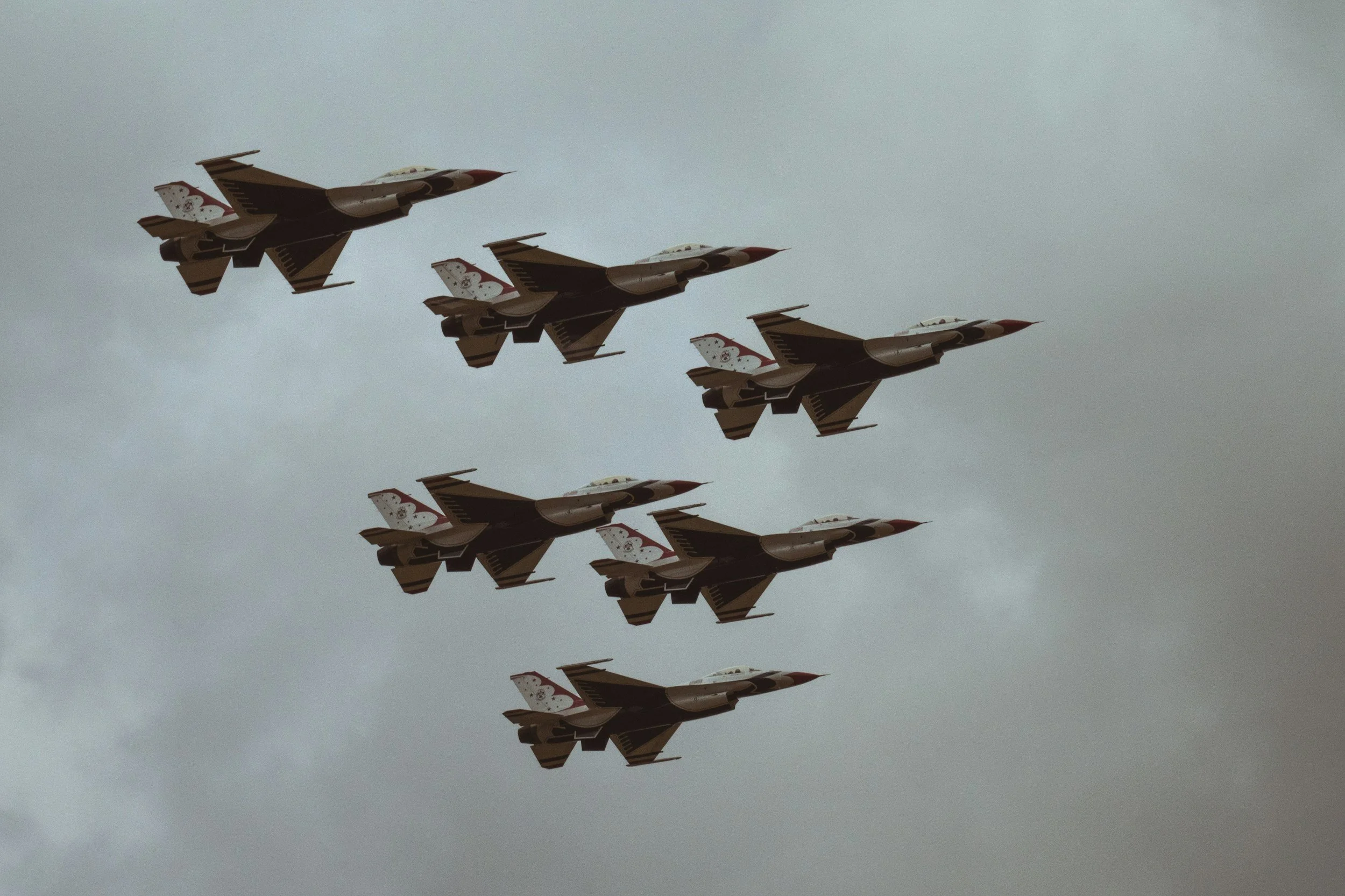The prospects of a major war involving China and the United States, and a limited war between Pakistan and India, are perhaps higher in the next three years than they have been over the preceding quarter century. Moreover, these two scenarios are connected by an increasingly intertwined China-Pakistan military relationship, which now extends beyond arms transfers to shared networks and emulated doctrines. These realities have significant implications for military preparedness, politics, and economic risk in several countries — not least India and the United States.
Despite U.S. President Donald Trump’s recent meeting with China’s leader Xi Jinping in Seoul, and his declaration that a “G2” between them will lead to “everlasting peace and success,” the People’s Liberation Army (PLA) continues to develop capabilities for a full-scale conflict in the Western Pacific, one that will involve the United States at some level and will extend to every domain: land, air, sea, space, economic, cyber, and information warfare. China has rapidly expanded its nuclear arsenal, multiplied its medium-range and intermediate-range missile inventory, bolstered the size of its navy, significantly enhanced its amphibious capabilities, built out a global network of dual-use supply stations, and unveiled new unmanned and cyber systems. The U.S. military and intelligence community continue to assess an accelerated timeline by China for military modernization — one that gives it the capability to potentially invade or blockade Taiwan — by 2027. Enhanced exercises around Taiwan after 2022 along with live fire exercises and intimidation against the Philippines this year are indicative of the PLA’s continuing forceful intentions. Recent purges at the top level of the PLA offer mixed signals about Xi’s confidence in his military leadership’s ability to deliver in an armed conflict. But a decision to go to war, whether over Taiwan or in the South China Sea, will ultimately be a political one by Xi.
Trump appears to believe he can work with Xi to avoid conflict, a theme reinforced by his Secretary of War Pete Hegseth following a meeting with China’s Defense Minister Admiral Dong Jun in Kuala Lumpur. Hegseth subsequently wrote on X: “[We] agree that peace, stability, and good relations are the best path for our two great and strong countries. As President Trump said, his historic “G2 meeting” set the tone for everlasting peace and success for the U.S. and China. The Department of War will do the same — peace through strength, mutual respect, and positive relations.” But it is equally possible that Xi, given the PLA’s growing capabilities and preparedness — and believing the United States’ political commitment to Taiwan and its other Pacific allies to be weak — will be tempted by a window of opportunity to complete “reunification” with Taiwan, which he has described as a “historical inevitability.” This would cement Xi’s legacy as the Chinese leader to achieve the “great rejuvenation of the Chinese nation.”
Another set of developments are playing out independently in Pakistan. Until earlier this year, the country had been mired in a triple problem of political polarization over the popularity of former Prime Minister Imran Khan, economic mismanagement that necessitated multiple International Monetary Fund bailouts, and internal security challenges in Khyber Pakhtunkhwa and Balochistan. The India-Pakistan conflict of May 7-10, 2025, helped to consolidate the power of Army Chief General Asim Munir, who subsequently promoted himself to the rank of Field Marshal. A constitutional amendment now making its way through Pakistan’s parliament would give him sweeping powers over Pakistan’s armed services and nuclear command, as well as immunity for life.
Diplomatically, Munir has further cemented relations with Turkey and Azerbaijan (the “three brothers”) and publicly announced a mutual defense pact with Saudi Arabia (whose exact obligations are deliberately vague). During and after the conflict with India, Pakistan has also positioned itself as a testing ground for China’s weaponry, particularly fighter jets, air-to-air missiles, and anti-air systems. Moreover, it has adopted PLA doctrines and practices, whether air combat, targeting, or a new Army Rocket Force Command modeled on China’s. With the United States, Munir has pledged cooperation on counter-terrorism, airspace access, defending Saudi Arabia, Afghanistan, and possible peacekeepers in Gaza, along with access to critical mineral resources.
At the same time, Pakistan continues to suffer from three structural constraints: a lack of economic reforms are perpetuating the cycle of debt and lending (although inflation has been better managed of late); the security challenges on its western frontier have worsened; and there are concerns about the growing vulnerability to water scarcity following India’s decision to hold the Indus Waters Treaty in abeyance. In sum, nuclear-armed Pakistan will be led for the foreseeable future by a powerful and ideologically-motivated military leader with an appetite for risk and a propensity for threats, who confronts probable economic woes at home and geopolitical constraints imposed by India and Afghanistan, while simultaneously being emboldened by relations with Turkey, Saudi Arabia, China, and the United States.
For India, the overlapping U.S.-China and India-Pakistan contingencies raise questions about current military capabilities, preparedness, and planning. How might these two conflict scenarios, despite different drivers and consequences, be linked, and what military preparations might be required? For the United States, a different set of considerations are at play: Are current policies, whatever their intent, in fact encouraging China or Pakistan to risk major conflict? For private sector actors in the United States, such as those investing regionally in critical minerals, cryptocurrency, defense, and supply chains, there are questions of long-term risk and moral hazard. In a world focused on Gaza, Ukraine, and tariffs, the real threat of a war in Asia continues to hide in plain sight.
Dhruva Jaishankar is Executive Director at ORF America.

